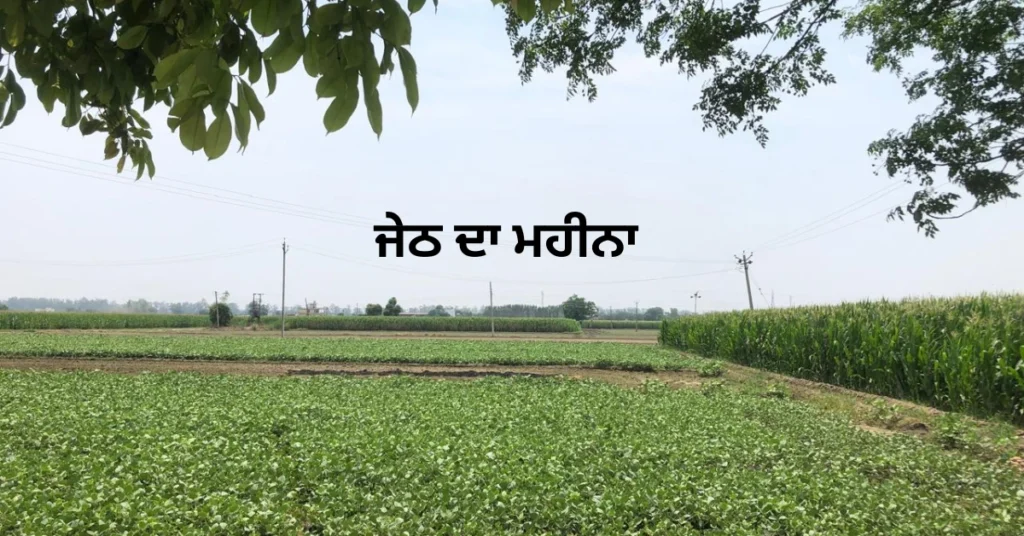
Jeth Da Mahina, often referred to simply as Jeth, is not just another month in the Punjabi calendar. It holds a deep connection to nature, culture, and spirituality, especially within Sikh and Punjabi communities. Jeth is the third month of the Nanakshahi calendar, which is the official Sikh calendar.
As the summer sun rises high in the sky, Jeth brings a mixture of blistering heat, historical reverence, and rural charm to the land of Punjab. It’s a time when people slow down due to the temperature but also become more spiritually active. Many take this time to reflect on Sikh history, the teachings of the Gurus, and reconnect with community traditions that have been passed down for generations.
When Does Jeth Da Mahina Occur?
Jeth typically falls between May 14 and June 14 in the Gregorian calendar, aligning it with the peak of summer in North India. It comes after Vaisakh, a month filled with harvest celebrations, and is followed by Harh, which carries the monsoon hopes. In terms of the Punjabi calendar, Jeth is placed strategically during a time when people begin to transition from spring celebrations to the endurance of summer’s harshness.
It’s also recognized in the Hindu calendar, where it’s known as Jyeshtha, sharing similar timings and characteristics. While both Hindu and Sikh traditions mark this month, Sikhism places a stronger emphasis on spiritual endurance and historical reflection during Jeth.
The Meaning Behind the Name
The name “Jeth” originates from the Sanskrit word “Jyeshtha,” which means “eldest” or “greatest.” In ancient times, this title was given to this month due to its intense strength and heat, symbolizing the maturity of the solar year.
In the Punjabi tradition, the month of Jeth represents wisdom, endurance, and resilience, similar to how the eldest member of the family is viewed with respect. The naming reflects both nature’s might and society’s cultural structure, showing how the month commands both physical toughness and spiritual discipline.
The Weather in Jeth
Jeth is widely recognized for being one of the hottest months of the year in Punjab and the surrounding northern Indian states. Temperatures often rise above 45°C (113°F), and the sun remains high and harsh from morning till evening. The soil dries up quickly, and rivers shrink due to evaporation. Water becomes a precious resource, and shade becomes a haven.
This harsh weather forces people to adjust their daily routines. Outdoor activities are limited to early mornings or after sunset. People cover their windows with wet grass mats to cool the breeze and rely on natural remedies to stay cool. Despite the discomfort, the heat of Jeth is accepted as part of nature’s rhythm, and it teaches people to live in harmony with seasonal extremes.
Religious Significance
Jeth Da Mahina is not only marked by physical intensity but also by deep spiritual importance, especially within the Sikh faith. Many significant events in Sikh history occurred during this time, giving the month a place of honour and reverence. It becomes a time of renewed faith, remembrance, and commitment to the teachings of the Gurus.
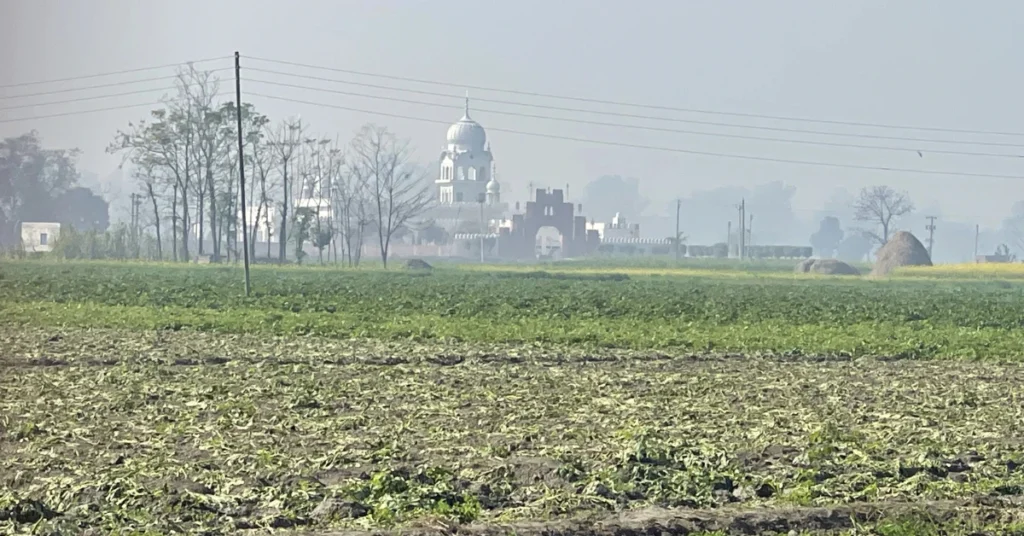
Devotees gather in Gurudwaras, listen to spiritual discourses, and engage in seva (selfless service). Rather than being discouraged by the harsh climate, believers see it as an opportunity to test their devotion and remain grounded in Naam Simran (meditative remembrance of God).
Guru Arjan Dev Ji and Jeth
Perhaps the most powerful spiritual connection to Jeth is through Guru Arjan Dev Ji, the fifth Guru of the Sikhs. This month marks several key milestones in his life and legacy. During Jeth, Guru Ji laid the foundation of the Harmandir Sahib (Golden Temple), creating a space where all people—regardless of caste, creed, or status—could gather and pray.
He also compiled the Adi Granth, the earliest version of the Sikh scripture, which later became the Guru Granth Sahib. Most significantly, Guru Arjan Dev Ji became the first Sikh martyr in Jeth. He was executed under the Mughal regime after refusing to convert and compromise his faith. He endured extreme torture while immersed in prayer, showing the world the power of truth, non-violence, and spiritual strength. This event is deeply remembered and honoured by Sikhs around the world.
Agricultural Activities
Though the land burns under the summer sun, agricultural life continues in Punjab during Jeth. It is a preparation month for the Kharif season, when crops like maize, sugarcane, and paddy (rice) are sown. Farmers begin ploughing their fields early in the morning, sometimes as early as 4:00 a.m., to avoid the punishing heat.
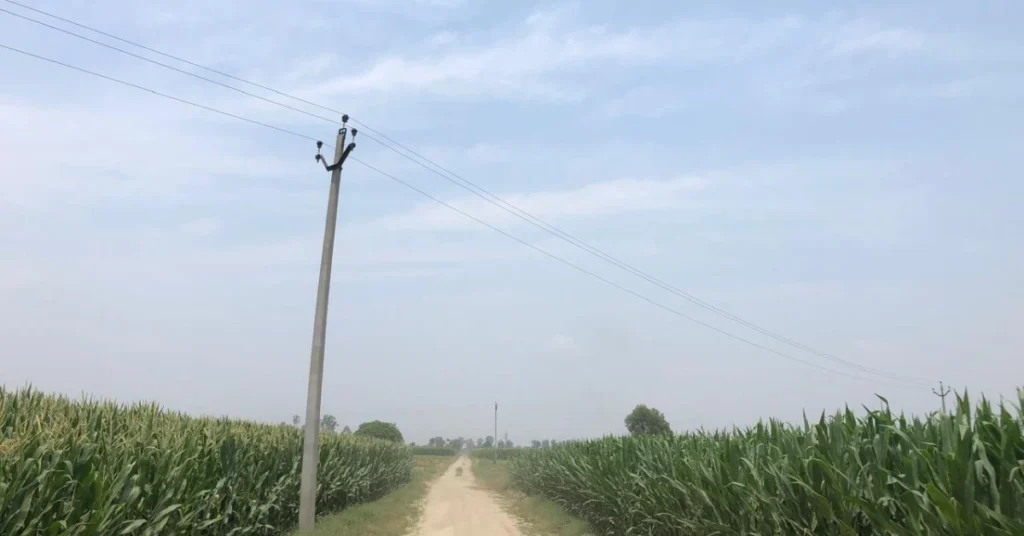
The soil becomes harder and drier, making tilling and irrigation more difficult. Yet, farmers persist, knowing that this is a crucial phase for setting up the monsoon crops. Jeth is also a time for maintaining farm equipment, cleaning irrigation canals, and planning the upcoming planting schedule. It’s not just about physical work—it’s a month of strategic thinking and endurance for those who depend on the land for their livelihood.
Cultural Traditions During Jeth
Despite the challenges of the weather, Jeth is culturally vibrant. In rural Punjab, cultural traditions continue in full spirit, often as a way to escape the dullness of the heat. Women sing traditional Punjabi folk songs, known as “boliyan,” while they work. These songs reflect stories of love, loss, harvest, separation, and longing.
They are passed down orally and serve as both entertainment and cultural preservation. During the evenings, people gather in the shade, often under peepal or neem trees, to tell stories and share folk tales. These gatherings create a strong sense of community and allow the elderly to pass on generations of wisdom to the younger crowd.
Village Life in Jeth
Life in Punjabi villages adapts naturally to the conditions of Jeth. The daily routine is carefully planned to avoid the midday sun. Mornings begin early, with people bathing in tube wells or canals and performing their Nitnem (daily prayers). By 10 a.m., most people are indoors, resting in cool, shaded rooms. Lunch usually consists of light food, like roti with curd or buttermilk.
After a nap, people resume social activities in the evening. Children play outside, men gather to discuss farming, and women enjoy a relaxed chat while preparing dinner. At night, families often sleep on rooftops under the stars, enjoying the only cool breeze of the day. This pattern, though simple, reflects resilience and harmony with nature.
The Sweet Gesture of Shabeel Water
One of the most heartwarming sights during Jeth Da Mahina is the setting up of Shabeel stalls across towns and villages in Punjab. These temporary setups, often found on street corners or near Gurdwaras, serve cool, sweetened water to anyone passing by. It’s usually flavoured with rose water, cardamom, or sometimes mixed with milk and sugar.
This act of kindness is done in memory of Guru Arjan Dev Ji, who faced martyrdom during this hot month. Serving Shabeel is not just a gesture of physical relief—it carries deep spiritual meaning. It reflects the Sikh values of sewa (selfless service), sarbat da bhala (welfare of all), and community support. In the scorching heat, this small act becomes a big blessing for tired souls and thirsty travelers, making Jeth feel not just hot—but full of compassion too.
Lifestyle Adjustments in Jeth
People make many changes to their daily lives to cope with the summer heat. Clothing becomes lighter—cotton, linen, and light-colored fabrics are preferred to stay cool. The diet also shifts: meals are kept simple and hydrating. People drink lassi (yogurt drink), chhaach (buttermilk), lemon water, and eat plenty of raw onions and cucumbers, believed to reduce body heat.
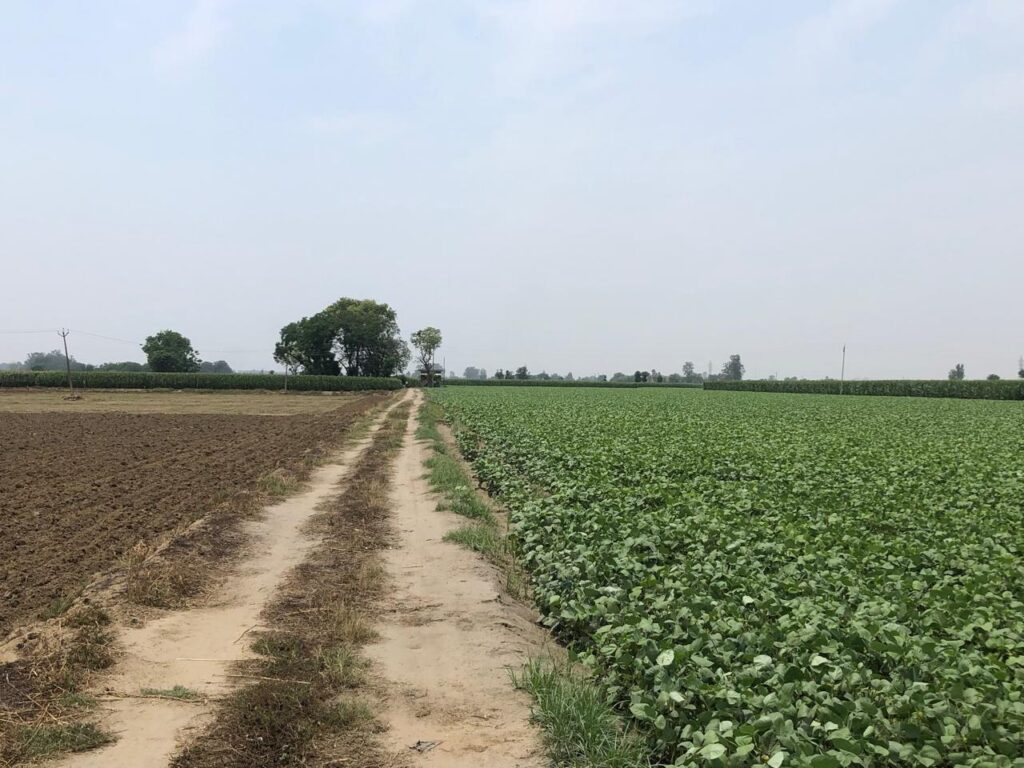
Homes are prepared to deal with the heat—curtains soaked in water are hung at doors and windows, and rooftops are covered with damp cloth to cool the air. People avoid heavy physical activity and rely on natural cooling methods to stay healthy and balanced.
Spiritual Practices in Jeth
Jeth is considered an ideal month to deepen one’s spiritual discipline. Despite the heat, many people increase their time in meditation, prayer, and reading Gurbani. Some take time to do extra seva at local Gurudwaras, while others participate in langar seva (community kitchen service). The quiet and stillness caused by the weather becomes a tool for inner reflection.
In many Gurudwaras, special programs and kirtans are held to remember Guru Arjan Dev Ji’s sacrifice. It is believed that engaging in Naam Simran during this month brings mental peace and spiritual rewards, helping individuals purify their minds.
Common Sayings and Proverbs
Punjabi culture is full of witty and wise sayings about Jeth that reflect its climate and lessons. These proverbs are passed down through generations and often carry both humour and truth. Some examples include:
- “Jeth di tap, na pooche bap.”
Translation: The heat of Jeth doesn’t even spare your father.
This means the heat is so intense, even the most respected figures can’t escape it. - “Jeth vich kam karna, bahaaduri di nishani.”
Translation: Working during Jeth is a sign of bravery.
It celebrates the hardworking spirit of those who continue their duties despite the challenges.
These idioms serve as a way to teach resilience and celebrate courage, especially among the farming community.
Conclusion
Jeth Da Mahina is a month that blends harsh reality with spiritual beauty. It brings a test of patience through its heat but also offers countless moments of cultural pride, historical remembrance, and spiritual growth. From the selfless sacrifice of Guru Arjan Dev Ji to the songs sung in the fields of Punjab, Jeth remains alive in the hearts and homes of the people. It’s not just a month; it’s a lesson in endurance, devotion, and connection—to God, nature, and community.
FAQs About Jeth Da Mahina
1. Why is Jeth Da Mahina important in Sikhism?
It marks the martyrdom of Guru Arjan Dev Ji, who laid the foundation of Harmandir Sahib and compiled the Adi Granth. His life and teachings are central to Sikh history.
2. Is Jeth the hottest month in Punjab?
Yes, Jeth is known for its extreme heat, with temperatures often going above 45°C. It demands lifestyle adjustments to stay healthy.
3. What foods are common during Jeth?
People eat simple, cooling foods like buttermilk, curd, cucumbers, raw onions, and light wheat bread to stay hydrated and balanced.
4. Are there any festivals in Jeth?
Though not a festive month, it is spiritually significant due to remembrance of Guru Arjan Dev Ji’s martyrdom. Special prayers and gatherings are held.
5. How do farmers manage during Jeth?
Farmers begin their work early in the morning or late in the evening to avoid the heat. They also focus on preparing for the Kharif crop season.
Read More
https://raowal.com/exploring-the-charm-of-chulha-chauka-kitchens/
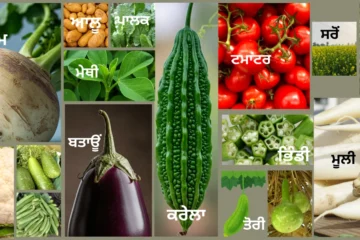


0 Comments